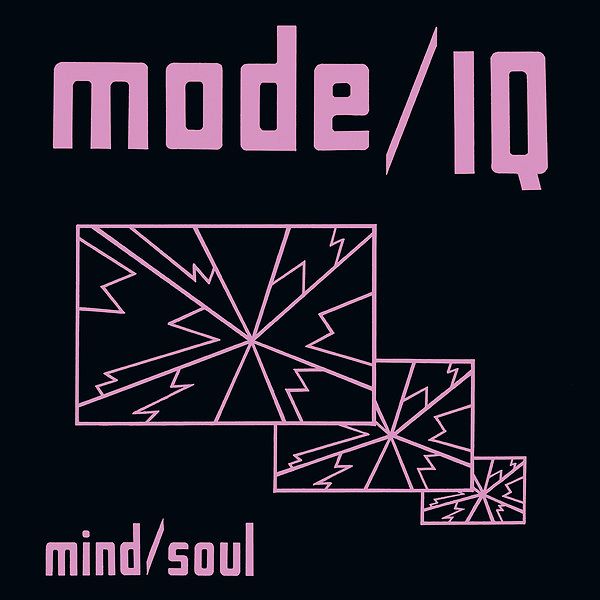

The medieval singer created medieval epics only and no other period would have allowed itself Both of these depended, however, upon the special tendencies of the new poet, upon the peculiarity of his art-tendency andĪrt-form, and this peculiarity, again, was determined by the period in which he poetized. Interpretation of the intellectual and moral subject-matter. What he created for us with it, when he was really successful with it, was then not only a new independent form of the old material but at the same time a new enlargement and German poet who again laid hold of it, as of a primitive form of poetical fancy peculiar to our national spirit, sought only to give us this property afresh and to make it so much the more sincerely

Riginally, however, the entire legendary material distributed among the peoples of Western Europe was essentially Aryan-Germanic property and every For while the Edda-songs, in so far as they treat of the Siegfried-myth, are demonstrablyīased upon elements brought over from Germany itself, Keltic-French mythical formations, like those of Tristan and of Parsifal, have, on the other hand, attained in German poesy alone to theĬonsummate, ethical realization of the universally-human material hidden in them, and thus have become the property of the German nation.

Their characteristic features were brought over from Asia with the Aryan nomadic peoples, and from that time have become, in ever new transformations and condensations, theĪcquired possession, in the strict sense, of the Germanic, especially of the German nation. Wagner's "materials", to indicate them thus briefly, are far more ancient than the Skaldic settings of ancientĭogmatic and legendary memory in the Northern country, which have been handed down to us only confused and dismembered to say nothing of the epical compilations by the knightly and commoner singers of Materials in the foreign soil of Iceland. Those who had perceived that Wagner's Nibelung-poem has but little in common with the Nibelungenlied broughtįorward instead the Edda-songs and treated the new drama as a dramatization of those ancient skaldic poems which brought upon our poet the reproach of having forsaken German soil to gather his Standard for The Ring of the Nibelungen, the Nibelungenlied. For Tristan, the epic of Godfrey of Strassburg afforded the Medieval legendary materials, according to the standard of already existing Teutonic poems based on materials of the same kind. Hose who have criticised Richard Wagner's dramas have for the most part made the mistake of measuring them, because they treated of ancient German or Reading of Wagner's poem - but rather more about the reception of Parsifal in its earliest decades and well into the 20th century. It might be argued that Wolzogen's interpretation of Wagner's Parsifal tells us little more about the drama than we might gain from a superficial It should be noted that his account is not free from factual error, nor does it always agree with the analysis of contemporary writers such as Jessie Weston. Sources that Wolzogen considered relevant. Then he examines central elements of Wagner's drama in relation to those medieval View of the relation of Wagner's dramas to Indo-European traditions that predate and underlie the medieval romances. Here Wolzogen first provides a summary of his The followingĮxtracts have been taken from the introduction to his Thematic Guide to the Music of Parsifal (in the English translation by J.H. Parsifal and other Wagnerian dramas were influential in the early reception of these works and his influence remains detectable in much that has been written about them since. He writer Hans von Wolzogen was a central figure in late 19th century and early 20th century Bayreuth. Introduction: Concerning Hans von Wolzogen


 0 kommentar(er)
0 kommentar(er)
